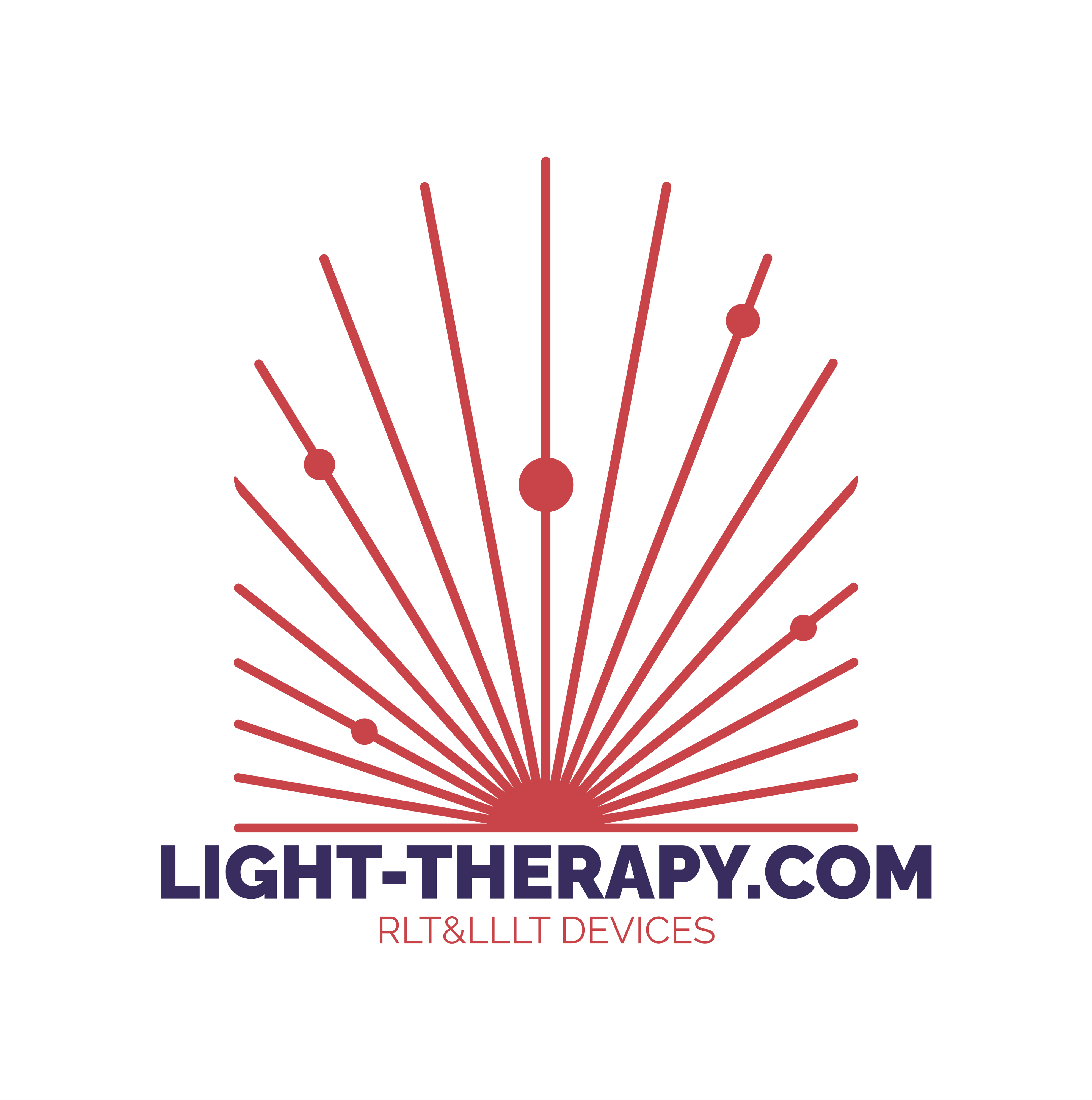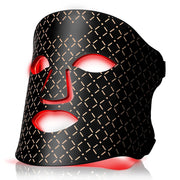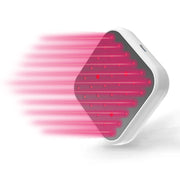Where Does Low Back Pain Occur?
Low back pain involves five vertebrae in the lumbar region: L1-L5. This part of the spine supports most of the weight of your upper body so it is subject to a lot of stress. As strong as the spine appears to be, this mechanically complex structure is actually quite fragile. The spine is prone to mechanical disruptions whereby some type of force causes it to go out of alignment, and this can lead to muscle strains, slipped or ruptured intervertebral discs, and other injuries that cause pain.

Low back pain affects about 80% of adults at least once in their lives. It’s the leading cause of missed workdays and job-related disability, and it doesn’t play favorites: low back pain affects men and women equally.
Most low back pain is acute (temporary) and is usually caused by an injury. Chronic pain (lasting longer than 12 weeks) afflicts about 20 percent of people who initially develop acute low back pain. Chronic back pain may sometimes be healed using medical or surgical means, but it can persist and cause a significant decline in quality of life.
Target painful areas with therapeutic red light to boost healing and natural pain-relief
Red light treats pain by supporting and amplifying the body’s natural healing mechanisms. This includes:

Cellular Energy
Red light stimulates mitochondrial functioning in cells. As light photons (bundles of electromagnetic energy) enter the body’s tissues, they become absorbed in the cells’ mitochondria, which are the energy centers within each of the trillions of cells in the body. Inside the cells, photonic energy is converted to a compound known as adenosine triphosphate (ATP), which provides energy that drives many cellular processes. Energized cells have abundant energy to perform their essential functions, including cellular repair and replication. Healthy cells speed up healing of injured or infected areas–and faster healing means less time suffering from pain.

Reduced Inflammation
Acute inflammation occurs when you sprain your ankle, twist your back, get dirt in your eye, or develop a sore throat. This short-term emergency response manifests as redness, swelling, heat, and pain: signs that your body is in full protect-and-repair mode. As the injury or infection heals, acute inflammation gradually subsides, and the pain subsides along with it.
Yet even though inflammation is part of healing, certain factors can amplify the inflammatory response to the point where the body starts attacking itself. For instance, when inflammatory immune system proteins known as cytokines become destructive to normal, healthy cells, the result is tissue damage and even stronger inflammatory responses—a vicious cycle.

Stem Cell Activation
Stem cells are vital to the body’s ability to heal. Seemingly magical in their functions, stem cells are non-specialized cells that are present throughout the body in an inactive state until they are needed. Then they travel through the bloodstream to the affected area and develop into any cell that’s needed. Low-level laser therapy activates these amazing stem cells, and in the process, effectively supports the healing process.

Increased Collagen Production
Collagen is the main component of the skin—but that’s not all. This fibrous protein is also present in all muscle and connective tissue throughout the body. If muscle or connective tissue is damaged, it needs collagen to form a latticework of cells that stitch the separated tissues together. Red light laser therapy stimulates collagen production, thereby assisting in healing.

Increased Blood Flow
Poor blood circulation can aggravate acute and chronic pain conditions. Red light helps relieve pain by stimulating the formation of capillaries and increasing blood flow in the treated area. In turn, increased blood flow brings nutrients and oxygen to cells, and removes waste materials.
How Will Red Light Therapy Help My Low Back Pain?
If you don’t require surgery for your back, red light therapy can help relieve your pain by stimulating various physiological mechanisms that promote healing.
Red light assists in muscle and connective tissue repair by increasing and regulating collagen production. Collagen is a primary component of connective tissue, including intervertebral discs, which cushion the vertebrae and allow the spine to bend and flex.

After an injury, collagen production must be regulated (normalized) so healthy tissue can form rather than scar tissue.
The formation of scar tissue (known as fibrosis) is one risk of low back muscle injuries—and when scar tissue forms in muscles, it can permanently alter their ability to function normally. This can lead to chronic pain, reduced mobility, and muscle weakness.
Laser light therapy reduces the acute inflammatory response and supports muscle recovery on a cellular level by activating myosatellite cells. These are stem cells that are contained within muscle tissue and are involved in muscle growth and repair. Myosatellite cells activate in response to muscle strain caused by injury or strenuous exercise. Normally inactive, these precursors to healthy muscle cells mobilize at the site of an injury and transform into fully functional muscle cells to quickly rebuild muscle.
The only drawback to red light (630-660nm) is its limited penetration into the body’s tissues. With a penetration range of 8 to 10mm (1/3”) red light can’t reach muscles within the torso; only those near the skin’s surface.









